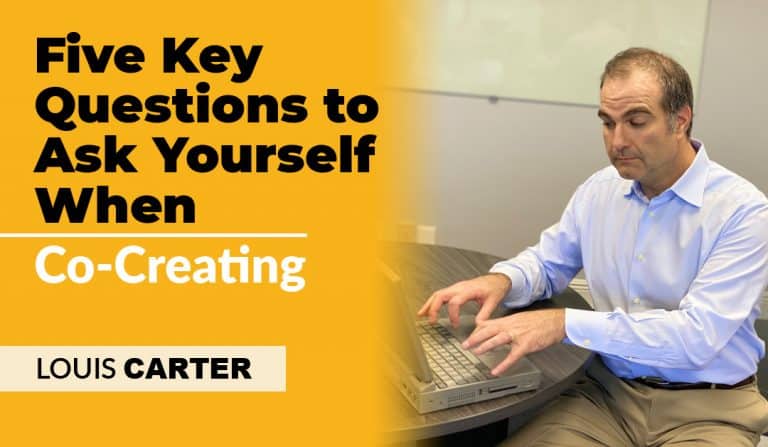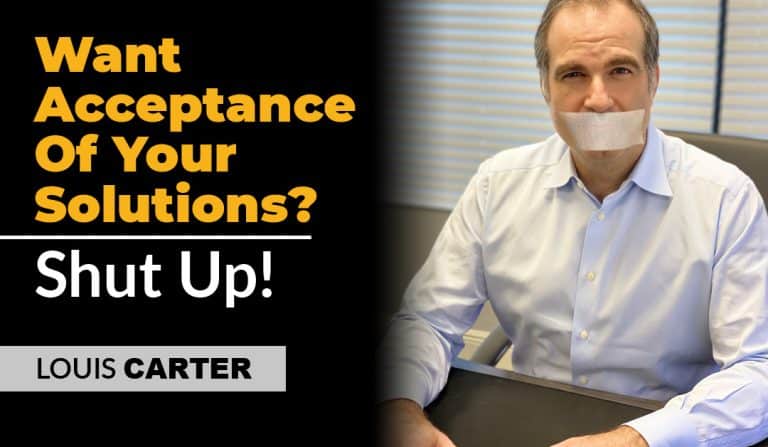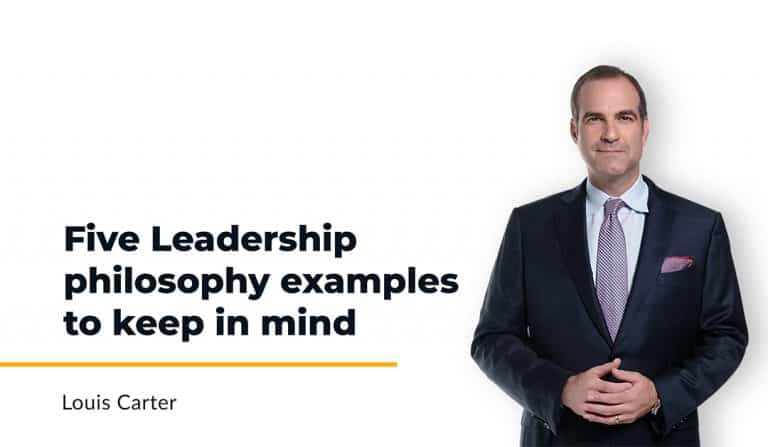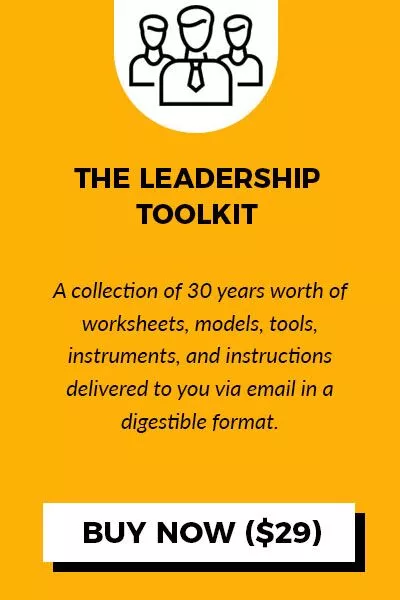Let’s begin by addressing the elephant in the room—what does culture mapping for organizational change entail?
Since there is no universally accepted explanation of this, your best bet would be to break down the term to understand the two components that make it up—mapping and culture change.
A simple way to define mapping would be ‘the act or process of making a map‘. When we dig a little deeper into this definition, we find that mapping is a transformation process that works by matching one set of functions or points with another. The same process represents something—such as data—through diagrams or pictures. The mapping process can help you get from one point to another and understand what it will take to achieve a specific objective—such as transformation or culture change.
Culture change, also referred to as cultural change, is the change in a society or entity’s culture or entity due to new findings, innovation, or interactions with other communities/cultures/organizations.
Cultural change is an idea that represents certain internal and external factors that lead to changes in the cultural pattern of a society or organization.
Several sources of culture change exist, and most of the time, it occurs due to innovations, interactions with other cultures, and internal efforts to adjust culture. Often, organizational culture change is the result of the latter.
Keeping the above definitions and explanations of mapping and culture change in mind, we can define culture mapping for organizational change to establish the specific steps needed to change an organization’s culture to improve employee behavior and productivity.
Why Doing Culture Mapping or Culture Assessment the Right Way is Critical to The Success of Your Organizational Culture Change

Having a complete understanding of or full control over an organizational culture is not possible. Having full power over culture is not possible because things within an organization ebb and flow, grow and descend, evolve, develop the leadership and market dynamics. Changing the culture of an organization isn’t as straightforward as it seems.
It is a well-known fact that most successful organizations are incredibly efficient at mapping processes and practices. Despite this, most people are adamant that culture is ‘by chance’ or build a genuinely diverse and inclusive organization by offering money and benefits to people. Saying that these people are wrong would be an understatement.
Any organizational culture change endeavor that does not include culture mapping or the right culture change tools will always ultimately lead to a dead end. A visual map of your existing organizational culture will allow you to look at your company from the employees’ viewpoint as well as gain an understanding of all the components that make up your culture and where there is potential for change or improvement. The only problem here is that not all culture mapping models build for success.
Several culture mapping frameworks are available for use today. However, they are flawed because they generate a figure, a label, or a recommended method that assumes that people will react to new guidelines systematically as parts do in a mechanical system. As such, these frameworks or models for culture mapping can be highly costly, emotionally taxing, and incredibly time-consuming.
Fortunately, an alternative is available in the form of our culture mapping model. Not only is this model for organizational culture mapping extraordinarily engaging and easy to use, but it can also provide valuable insights into your existing culture cost-effectively.
The culture mapping model works in four phases. The purpose of each of the four steps—Envision, Design, Open Communication, and Change—is to provide the basis for a successful culture transformation. While different activities make up each phase, the ultimate goal remains the same—enabling a results-based culture that focuses on performance and productivity.
The Instant Benefits of Culture Mapping for Organizational Culture Change
While the long-term goal of culture mapping is to build a high-performance, results-driven culture, the DOC model also delivers a set of immediate, tangible wins. These short-term benefits matter because they build momentum, inspire confidence, and help employees see that cultural transformation is not just a theory but a reality unfolding in their day-to-day work.
Here’s how culture mapping creates instant impact:
1. Set Clear Expectations
Uncertainty is one of the biggest obstacles in organizations. When people aren’t sure what is expected of them, productivity drops, and frustration builds. With culture mapping, leaders and employees gain clarity around individual, team, and organizational expectations.
By defining a shared vision and outlining measurable goals, the DOC model removes ambiguity. Everyone understands not only what needs to be achieved but also why it matters. This clarity creates alignment and ensures that efforts are consistently moving in the same direction.
2. Gain Buy-In for Goals
Too often, strategic goals are imposed from the top down, leaving employees disconnected from the larger mission. Culture mapping changes that dynamic by inviting employees into the process of co-creating outcomes.
When team members help shape the steps needed to achieve business results, they naturally feel more invested. Ownership replaces obligation. The result is stronger commitment, better collaboration, and a deeper connection to the company’s purpose.
3. Encourage Open Feedback
A strong culture thrives on transparency, yet many workplaces struggle with honest communication. Employees may fear retaliation, or leaders may unintentionally create barriers to open dialogue.
Culture mapping using the DOC model sets up structured, ongoing opportunities for feedback. Whether through regular check-ins, surveys, or open forums, employees gain confidence that their voices matter and that feedback is welcomed — not punished. Over time, this builds trust, strengthens relationships, and sparks innovative solutions to organizational challenges.
4. Acknowledge Contributions
One of the fastest ways to disengage employees is to ignore their efforts. Recognition, on the other hand, fuels motivation.
Culture mapping helps leaders identify and highlight where individuals and teams are making a difference. By embedding recognition into the process — from small wins to major milestones — employees see that their contributions have a visible impact on the organization. This not only boosts morale but also strengthens the sense of shared accountability.
5. Show Appreciation to Drive Results
Appreciation goes beyond recognition; it’s about creating an environment where employees feel genuinely respected and valued. When employees believe their work matters, they bring more energy, creativity, and focus to their roles.
In the DOC model, appreciation is a deliberate step in the Change phase, where project managers and leaders monitor progress and celebrate performance. This consistent reinforcement motivates employees to continue striving for excellence, creating a cycle of appreciation and achievement.
6. Reinforce Vision and Values
Every organization has a vision, but not every employee feels connected to it. Culture mapping bridges this gap by constantly reinforcing the organization’s purpose, values, and identity.
Through clear communication and visible alignment between words and actions, employees begin to see how their work contributes to the bigger picture. This alignment creates meaning, which in turn strengthens loyalty and reduces turnover.
7. Celebrate Change Together
Cultural transformation can be overwhelming if it feels abstract or never-ending. That’s why it’s essential to pause and celebrate progress along the way.
The DOC model encourages organizations to mark milestones, recognize achievements, and honor the collective effort. These celebrations — whether big or small — build a sense of unity. Employees see themselves as part of a shared journey, and that shared pride fuels momentum for the next phase of change.
Final Word
Successfully transitioning to a desired organizational culture requires performing culture mapping the right way. Culture mapping treats the employees in an organization as humans with emotions and not as mere components that make up a system.
Once this happens, it becomes much easier to adopt a culture assessment model that focuses primarily on employee performance and productivity. The culture mapping model is one model for culture mapping. Culture mapping allows you to set expectations, get buy-in for goals, encourage and get feedback, acknowledge contribution, show appreciation to employees to drive results, reinforce the company’s vision and purpose, prepare for success, encourage, and celebrate change. Ultimately, all of this has a positive impact on your organizational culture, which benefits the bottom line.
If you would like to take part in the process of mapping your culture, and becoming a Top Most Loved Company, visit Most Loved Workplace and start the process.
The other day I came across a culture blueprint on the web. The culture blueprint had a section on it for “Behaviors we punish” and “Behaviors we reward.” Ironically, it had a heart in the middle of it. It was this culture blueprint that motivated me to write this article. Let’s see how they punish me now.
Unfortunately, the culture blueprint I found represents what most organizations continue to do every day. Companies typically use a carrot and stick approach that reinforces a “blaming culture” by focusing on punishing behaviors. There are several negative impacts of this blame culture. For instance, ADIE (2016) reveals that fostering a culture of blame in an organization will create an environment of intimidation and petulance among the employees which will inevitably contribute to job performance and lowered productivity.
Organizational Culture Definition
According to my friend Edgar Schein, organizational culture as having a “pattern of basic assumptions” which group members have acquired over time as they learn to successfully cope with internal and external organizationally relevant problems.
My definition of organizational culture is the process by which individuals and teams within an organization behave, execute, hold each other accountable, and show respect and appreciation. Organizational culture is defined by the degree to which people can achieve outcomes that are conducive to the business strategy and profitability of the business itself.
Often, those at the top of the organizational hierarchy are not even aware that they have a “blaming culture” in place at their organization. This is because the focus areas of a “blaming culture” do not look suspicious or negative at all. And, the telltale sign of a blaming culture manifests when employees blame the CEO for everything that goes “wrong” in the company, or any and all leader behaviors that they perceive as “wrong.”
The Focus Areas of a Blaming Culture that Looks to Punish Behaviors
A blaming culture can negatively impact any organization by:
- Creating a toxic work environment
- Limiting its ability to find solutions
- Lowering employee engagement
- Hurting the reputation and ability of the leadership
- Affecting business outcomes
How is a blaming culture created in the first place? It is created when the focus is solely on the behaviors to punish and the behaviors to reward, and the distribution of authority.
While not all of these focus areas are negative, a culture that is created based on them will fail to keep employees engaged and motivated to work. So, what is the solution? The solution is a results-based culture that is based on positive, reinforcing behaviors.
- Determining the best decision-making methods
- Encourage participation and candor over silence and groupthink
- Developing and Aligning goals and strategic priorities
- Positive practices such as the ways of starting, facilitating, and celebrating projects
- Promote empathy and emotional regulation as a cultural norm.
- Create positive ways to convene and collaborate
- Defining the reason for the company’s existence and vision
- The company’s values
- The processes for helping everyone in the organization learn and grow
- The ways to clarify expected behaviors without impacting autonomy
Mapping a Culture That Works
Your workforce is not merely a treasure trove of unique skills and attributes. It also holds a lot of potential to bring you a competitive edge in the industry. Encouraging your employees to become your organizational ambassadors will provide you with immense exposure in various markets and regions. The first step towards this is creating a results-based culture that is based on positive, reinforcing behaviors.
A results based culture focuses on five key areas: meetings, vision, accountability, success behaviors, and results. Teams are motivated and self-driven to do more of or less of specific success or failure behaviors in meetings and performance for ongoing projects. Additionally, by opening up to new ideas, employees are able to have a more positive vision for the future.
In terms of accountability, employees hold the organization, themselves, and their colleagues accountable for achieving shared goals that connect to the organizational values, mission, and purpose. Perhaps, the most important element of a result-based culture is that it allows employees to feel trusted, appreciated, and respected by the organization.
Finally, the focus of employees is not on individual goals but on achieving shared goals and making a full effort towards the realization of the company’s vision. All of this helps the organization to ensure systematic collaboration, alignment, respect building, killer outcomes, and a positive future.







